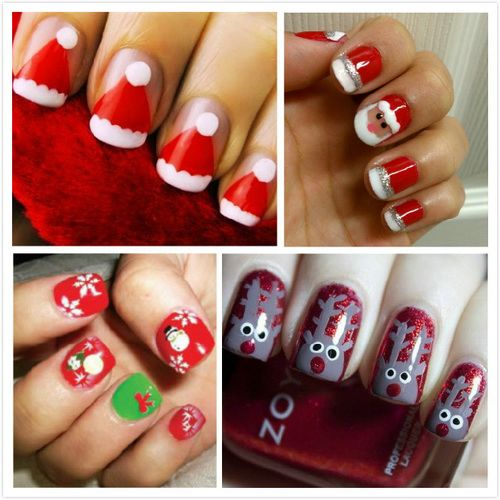Bridal Saree Draping Tips and Techniques for Every Bride-To-Be
Choosing bridal sarees for weddings is crucial to putting together the best D-day ensemble. However, equally important is the art of draping the saree in a way that enhances the bride’s beauty and complements the intricacies of the saree. In this blog, we explore different draping techniques that add a touch of uniqueness and sophistication to the bridal look, making the wedding day even more special.
The Classic Nivi Drape: Timeless Elegance
The Nivi drape is the most-loved style for bridal sarees. Originating from the beautiful state of Andhra Pradesh, this drape involves pleating the saree and tucking it into the waistband, allowing the pallu to fall gracefully over the shoulder. It is the best choice for brides who want to embrace tradition while exuding grace on their wedding day.
The Lehenga Saree Drape: Fusion of Cultures
For brides who wish to infuse a modern touch into their bridal look, the lehenga saree drape offers the perfect fusion of traditional and contemporary fashion. This style involves pleating the saree in the front, resembling the look of a lehenga skirt, and allowing the pallu to drape over the shoulder. The drape combines the best of both worlds, creating a unique and stylish silhouette for the bride who wants to make a fashion statement on her wedding day.
The Butterfly Drape: Ethereal and Dreamy
The butterfly drape is an excellent choice to style bridal sarees for weddings, especially for a whimsical and ethereal look. This draping style allows the pallu to fall freely over the arms, creating the illusion of delicate butterfly wings. Ideal for brides who want a dreamy and romantic vibe, the butterfly drape adds an element of grace and sophistication to the overall bridal ensemble. It works exceptionally with lightweight and flowy fabrics.
The Bengali Style: Traditional Splendor
Brides who want to embrace the rich cultural heritage of Bengal often opt for this draping style to wear bridal sarees for weddings. In this technique, the saree is pleated uniquely, and the pallu is draped diagonally across the body, over the left shoulder. What makes this style distinctive is the use of ornate key accessories like the "tikli" and "Jhumpa" that adorn the forehead and earlobes, enhancing the overall traditional splendour of the bridal look.
The Gujarati Panetar Drape: Symbol of Purity
The Panetar drape is a classic choice for brides from Gujarat, symbolising purity and auspiciousness. In this style, the saree is draped in a front-facing seedha pallu manner, where the pallu is adorned with intricate embroideries and motifs. The drape is often chosen for its cultural significance and the timeless beauty it imparts to the bridal saree. It's a perfect choice for brides who want to celebrate their cultural roots on their wedding day.
The art of draping plays a pivotal role in enhancing the beauty of bridal sarees for weddings. Each draping technique brings a unique touch to the overall bridal look, allowing brides to express their individual style and cultural preferences on their special day. Whether opting for the classic Nivi drape, the modern lehenga saree drape, the dreamy butterfly drape, the traditional Bengali style, or the cultural significance of the Gujarati Panetar drape. Consider exploring different types of skirts to further diversify your bridal ensemble and create cherished wedding day memories.
The art of draping plays a pivotal role in enhancing the beauty of bridal sarees for weddings. Each draping technique brings a unique touch to the overall bridal look, allowing brides to express their individual style and cultural preferences on their special day. Whether opting for the classic Nivi drape, the modern lehenga saree drape, the dreamy butterfly drape, the traditional Bengali style, or the cultural significance of the Gujarati Panetar drape. Consider exploring different types of skirts to further diversify your bridal ensemble and create cherished wedding day memories.







Comments
Post a Comment